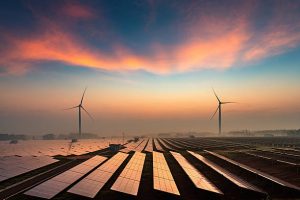IoT (Internet of Things) technology can be used to create smart energy solutions that help manage energy consumption, reduce costs, and increase efficiency. Here are some ways IoT can be used for smart energy solutions:
- Smart Grids: IoT sensors can be used to monitor the flow of energy across the grid, including the distribution of renewable energy sources. This data can be used to optimize energy production and reduce energy waste.
- Energy Management: IoT sensors can be used to monitor energy usage in homes, offices, and other buildings. This data can be analyzed to identify areas of high energy usage and to develop strategies to reduce consumption.
- Demand Response: IoT devices can be used to help manage energy demand during peak periods. Smart thermostats, for example, can be used to automatically adjust temperature settings during times of high demand, helping to reduce overall energy consumption.
- Renewable Energy: IoT sensors can be used to monitor the production of renewable energy sources, such as solar and wind power. This data can be used to optimize energy production and reduce energy waste.
- Energy Storage: IoT devices can be used to monitor the performance of energy storage systems, such as batteries and capacitors. This data can be used to optimize storage capacity and to ensure that stored energy is available when it is needed.
Overall, IoT technology can be used to create smart energy solutions that help manage energy consumption, reduce costs, and increase efficiency. By leveraging the power of IoT, energy providers and consumers can make better, data-driven decisions that result in improved energy management and sustainability.

Solar power plants in the dusk of the evening

